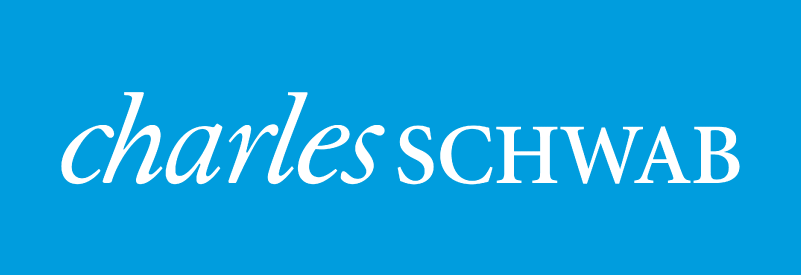For the month of February 2021
February came in with a reflationary bang (11 straight days of gains) on the basis of a growing CoVid-19 retreat and encouraging economic outlook but left with a whimper (8 of 9 days of losses) as concerns mounted that the economic recovery combined with aggressive global fiscal and monetary policies may translate to higher inflationary conditions. Overall, constructive forces of big stimulus talks, vaccine progress, economic recovery, and strong corporate earnings pushed global equities and, more notably, global interest rates higher. Overall, the month of February delivered a reflationary message with cyclically oriented stocks (value), small caps, and commodities (oil +20%) all delivering healthy gains.
Market Anecdotes
- Brief reminder to what feels like 10 years ago – one year ago last February, the S&P 500 closed at a record high, then went on to lose 33% over the next five weeks.
- February continued a rotation out of last year’s winners (growth stocks) into last year’s losers (value stocks). Rising interest rates and improving economic activity were the primary drivers behind the pressure on longer duration stocks and, conversely, a tailwind behind cyclical sectors.
- Nearing the one-year anniversary of the CoVid bear market, Strategas noted the first year off the low is historically the best. While the second year is still good, it typically weathers some volatility.
- Rates moved both higher and steeper last month. Curve steepening has been pronounced with the 2-10 closing February at 1.30% and the 3m-10 at 1.40%. While bonds are oversold in the short-term, the long-term trend should eventually take 10yr yields into the 2.0%-2.5% area.
- The rise in UST yields thus far has them still in very low absolute levels and nowhere near ‘restrictive’ territory. BCA highlighted eight episodes since 1990 of sharply rising UST yields wherein 7 of 8 coincided with strong equity market returns.
- Bespoke broke the UST curve into 4 segments (3m2y, 2y5y, 5y10y, 10y30y) to evaluate steepening within the yield curve, concluding the market sees the Fed on hold for now but moving aggressively after liftoff while the long end isn’t indicating real inflation risks as of yet.
- Significant debate continued surrounding what level of yields will begin to prove troublesome for equities. The answer is likely when inflation actually materializes or when inflation expectations reach more alarming levels. Market internals remain encouraging at this time.
- High yield spreads are an important indicator of market risk sentiment (pricing credit risk). High yield OAS dropped from 384bps to 357 during February – significantly compressed from the 1083bps high back in March 2020.
- Central bankers around the world (Fed, ECB, BoJ, BoE) delivered uniform messaging that they intend to remain accommodative for the foreseeable future. Meanwhile, markets are busily handicapping whether bankers will find themselves behind the inflation curve.
- Vaccination progress in the U.S. remains very positive while non-U.S. countries are lagging.
- The Atlanta Fed GDPNow Q1 estimate surged to 9.5% after factoring in the economic data last month (retail sales, industrial production, regional surveys).
- The $1.9t American Rescue Plan took shape in February and passed Congress in early March before unemployment benefits lapsed. State aid, CoVid funding, stimulus checks, extended unemployment benefits, and child tax credits were among many stimulative measures in the bill. Strategas estimates over $1t will be distributed over the next five months ($700b to consumers).
Economic Release Highlights
- The February jobs report reflected 379,000 new jobs, well in excess of expectations, and unemployment falling to 6.2%. The Leisure & Hospitality sector rebounded nicely however; the overall economy remains significantly underemployed.
- January Personal Income and Outlays report showed MoM personal income (10% vs 9.4%) and personal consumption (2.4% vs 2.2%) both higher than expected while core PCE was generally in line with expectations at MoM (0.3% vs 0.1%) and YoY (1.5% vs 1.4%).
- January Retail Sales crushed consensus forecast (5.3% vs 1.1%) on the headline number as well as all sub-index metrics including ex-vehicles & gas (6.1% vs 0.5%) and control (6.1% vs 0.9%).
- February’s U.S. ISM manufacturing (60.8) and services (55.3) readings reflected strong new orders, a build in backlogs, and an overall encouraging backdrop.
- February’s final U.S. PMI manufacturing (58.6) and services (55.3) readings remained well in expansionary territory.
- February Housing Market Index (84 vs 83) was in line with estimates, continuing to reflect extraordinarily positive homebuilder assessments of current housing market conditions. January Housing Starts (1.580M) and Permits (1.881M) missed and beat forecasts respectively after strong beats the prior two months. December’s Case-Shiller Home Price Index rose more than expected for a second consecutive month at MoM (1.3%a vs 1.0%e) and YoY (10.1%a vs 9.6%e). New (923k vs 855k) and Pending (-2.8%a vs 0%e) Home Sales were mixed with new exceeding pending continuing to lag.
- January Durable Goods Orders accelerated faster than expected (3.4% vs 1.1%), well over December’s 0.5%, providing further evidence of an upward trending manufacturing cycle.
- Conference Board Consumer Confidence for February came in higher than expected (91.3 vs 90.0) but remained somewhat subdued.
- The final UofM Consumer Sentiment for February remained at the relatively subdued level of 76.8a vs 76.4e.




Leave a Reply